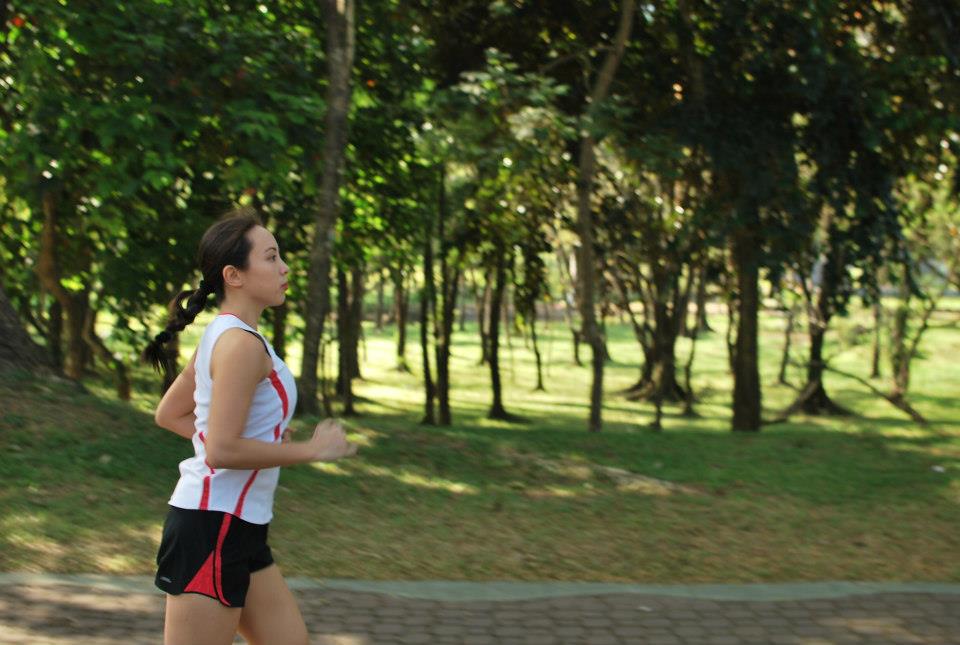Taking up a new physical activity has its own rewards and risks, and this holds true for running as well. While running brings with it a host of benefits such as better cardiovascular health, healthy weight maintenance, strong bones, and improved mood, a small percentage of runners sustain injuries related to running.
According to Runners’ World, a combination of factors such as the individual runner’s anatomy and running form may contribute to injury. Aside from acute injuries such as sprains, strains, and muscle tears, many running injuries are classed as chronic or “overuse injuries” where repetitive trauma causes inflammation and damage to muscles or joints, usually at the hip, knee, or foot. With the human body absorbing impact forces of as much as three times its own body weight while running, weak links in the chain of movement will break down when they’re not designed to move that way, or are not strong enough to move that way.
Injury prevention is possible when you lay the proper groundwork for your running.
While we can’t change how your individual body is built, running form can be improved. In my previous article I mentioned how strengthening and improving the mobility of certain muscles helps you keep proper running posture. You can also do exercises to improve your body’s capacity to handle the wear and tear so you can keep on running.
There are three major areas of the body to work on with exercises to prepare your body for running and prevent running injuries: the hips, the glutes, and the lateral stabilizers.
Lack of hip strength has been linked to risk of developing injuries around the knee, while poor hip extension contributes to back pain and faulty running form. While the glutes are the most powerful muscles that you can use while running, the modern lifestyle of sitting leads to them being underdeveloped and under-utilized as a prime mover and a shock absorber. The body attempts to compensate with other muscles, leading to greater risk for back pain and injuries to the knee and lower leg. Finally, while running may seem to be a “straight-forward” motion using muscles on the front and back of the body, the stabilizing muscles help keep the body upright rather than collapsing from side-to-side during the running motion and also help absorb impact properly.
Because running is a compound motion that involves coordinating different body parts, try these exercises that will work these multiple areas in tandem.
Single-leg squat
From a standing position, pick up one foot and balance on the other. Slowly sink down into a sitting position with your hips moving back as your chest leans forward. Keep your knee just over your ankle without twisting it inward or outward. Return to standing position by squeezing your butt, bracing your abdominal muscles through the movement.
Lateral lunges
From a standing position, step wide, landing with a bent knee, butt pushed back and chest slightly forward. Knee remains aligned with the ankle, not collapsing inward. Squeeze your butt and push down into that leg to return to standing.
Knee hugs to reverse lunge
From a standing position, pick up one leg and clasp the knee to your chest. You will feel a stretch across your lower back and your glutes. Release the knee and slowly step the same leg far back. Bend your front knee into a lunge, keeping body upright and bracing your core. You will feel a stretch across the front of your hip. (You can deepen the stretch by squeezing your glute.) Pressing into the ground with your front leg, return to standing position.
Step jumps with elastic band
Stand with your feet hip-width apart. Tie elastic band or tubing around your knees so that you need to keep your knees hip-width apart to keep the band in place. While bracing your core, jump up onto a step about shin height, landing both feet entirely on the step, bending your knees to absorb the landing. Using contraction of glute muscles, knees should not collapse inward as you bend them. Jump back down with care.
Bridge
In a supine position, walk your feet towards your body so your fingertips can brush the heels. While bracing your abs, squeeze your butt to lift your hips upward. Push down through your feet keeping them parallel, and contract your inner thighs to keep knees from pointing outward. If feeling strong, bring one knee up over the hips to stretch the opposite hip.



Great advices!
Thanks Nam!
Wish I knew these then! Great post!